Strasbourg Cathedral is a masterpiece of Gothic architecture. With its 142 m spire, it was the tallest building in all of Christendom until the 19th century. Victor Hugo thought it to be a “wonder of the gigantic and the delicate”.
Don’t miss
• Inside:
The pulpit, the many stained-glass windows, including the rose window (measuring 14 meters across) above the central gate, the great organs, the Pillar of Angels depicting the Last Judgment, and the Astronomical Clock right beside it, dating back to 1574 and fully restored in the 19th century (free entry, except for the parade of the Apostles, every day at 12:30).
• Outside:
The lacework façade in pink sandstone from the Vosges mountains, the spire, the sculptures and low relief carvings, most of which had to be replaced after the French revolution. Take the time to examine the ornate tympana around the doors, particularly the central gate. For an overall view, head to rue Mercière or place du Château.
• The observation deck (place du Château):
The view of Strasbourg and the surrounding area when the weather is fine is well worth the 332-step climb (we counted them all, we promise).

• The place du Château:
We could sit there for ages, just enjoying the light breeze that’s always blowing around the Cathedral, and taking in the details of the architecture and the intricate work of the stonemasons who turned stone into lacework centuries ago. The place du Château leads directly to Palais Rohan and its museums.
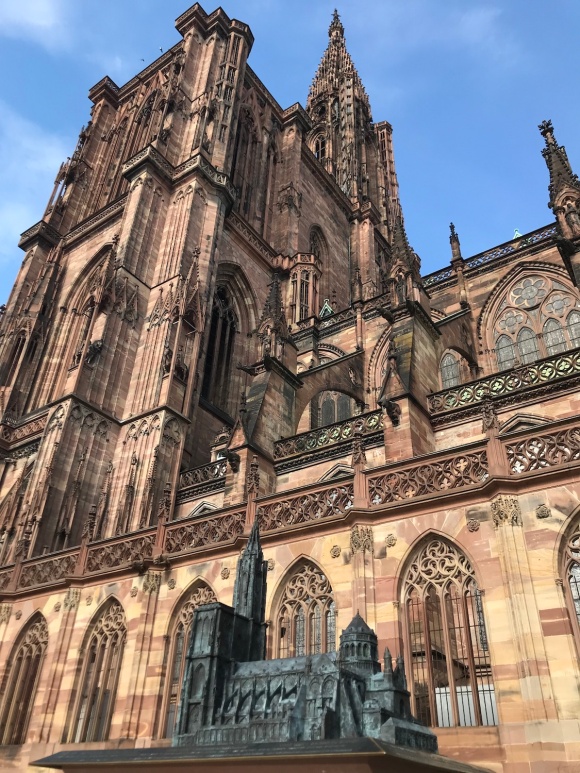
Best views of the Cathedral
Walking around Strasbourg allows you to observe the Cathedral from different angles. The color of the Vosges mountain sandstone façade will vary throughout the day, with the light and the weather conditions. Around place de la Cathédrale, don’t miss the charming streets rue Mercière and rue du Maroquin. Explore our Top 10 best views of the Strasbourg Cathedral.
Want to see more?
Musée de l’Œuvre Notre-Dame
Visit the Musée de l’Œuvre Notre-Dame (place du Château), for a more in-depth exploration of the Cathedral. (Take a look next to the entrance to the museum, where a little Gothic garden lies hidden behind a gate).
The Carré d’Or and the pedestrian city center
Explore the Carré d’Or and Strasbourg’s pedestrian city center:
• The Carré d’Or:
The Carré d’Or is the historical quarter of shops and restaurants around the Cathedral. Starting at the Maison Kammerzell (the façade of this restaurant, which is one of the oldest in town, resembles a pirate ship), play at getting lost in the charming side streets of the Carré d’Or, rue des Orfèvres, rue du Sanglier, rue du Chaudron…
• The pedestrian center:
After the Carré d’Or, continue your walk to place du Temple Neuf (at the end of rue des Orfèvres) and rue de l’Outre, which will take you directly to place Kléber (the largest square in the center of Strasbourg).
On your way:
– rue de la Mésange, the luxury shopping street
– place Broglie, where you will find City Hall, the opera and different markets, such as part of the famous Christmas market
– rue du Dôme
– rue des Hallebardes
– place Gutenberg, with its merry-go-round
La Petite France
From the Cathedral, go to la Petite France, through the streets or along the river:
• Through the streets:
Take rue des Hallebardes to place Gutenberg. Continue to rue Gutenberg, then Grand-rue, and take a left on rue du Fossé des Tanneurs to reach la Petite France.
• Along the river:
Take rue Mercière to place Gutenberg, then rue du Vieux-Marché-aux-Poissons. Take a right on quai Saint-Nicolas, then walk along the Ill to pont Saint-Thomas. Cross the bridge. Enter la Petite France, by taking a left right after the bridge.

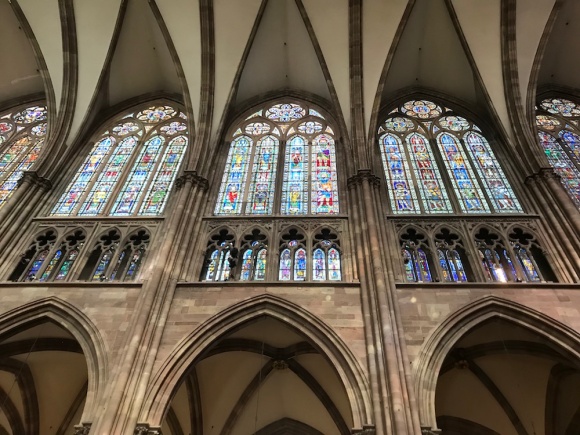
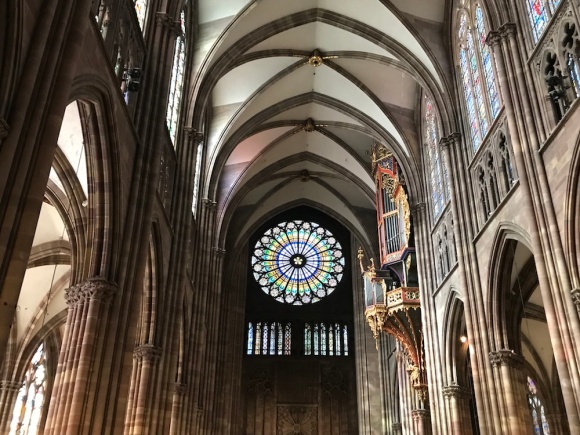
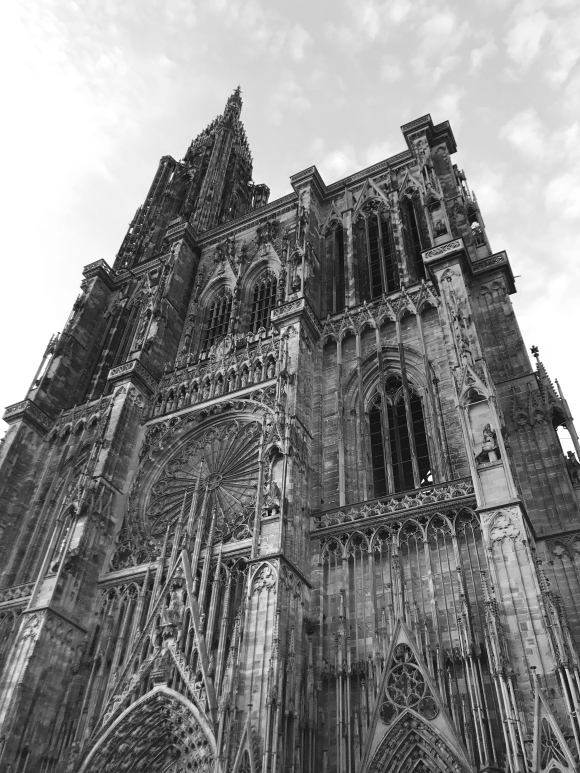


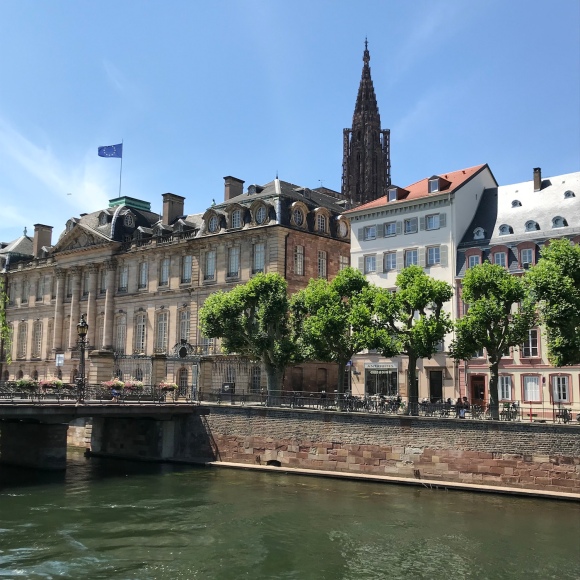
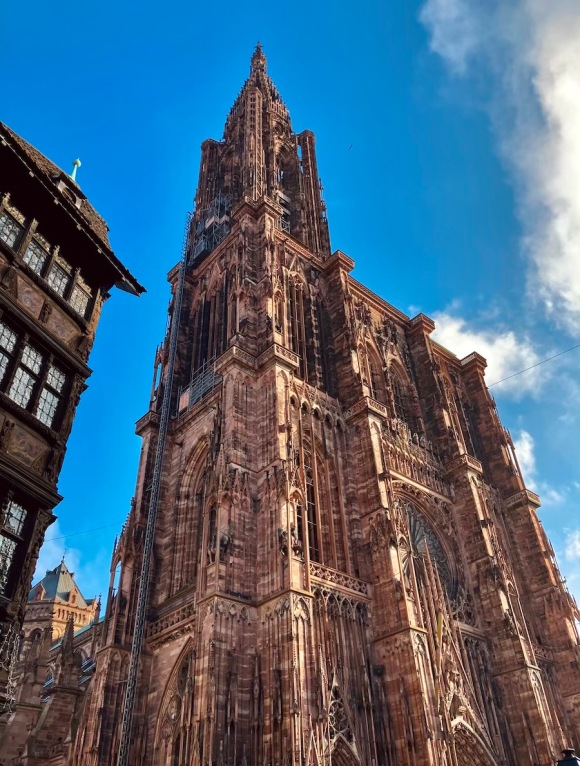

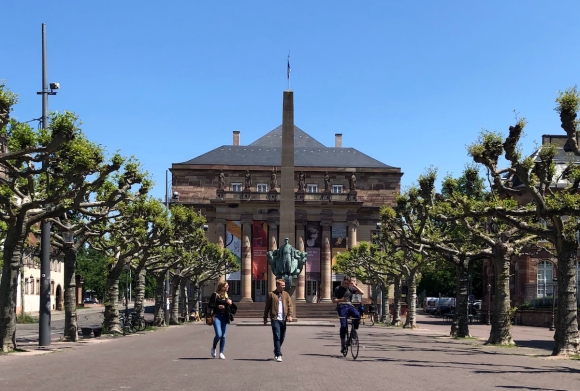

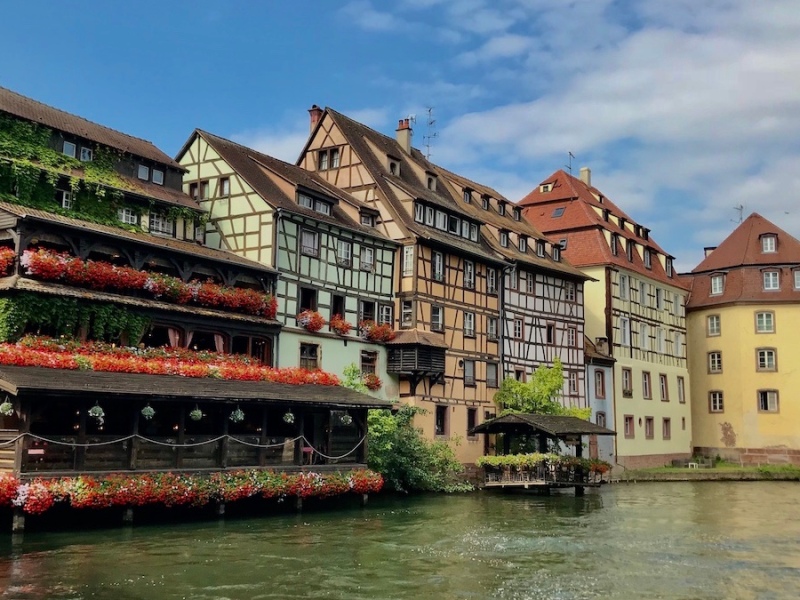
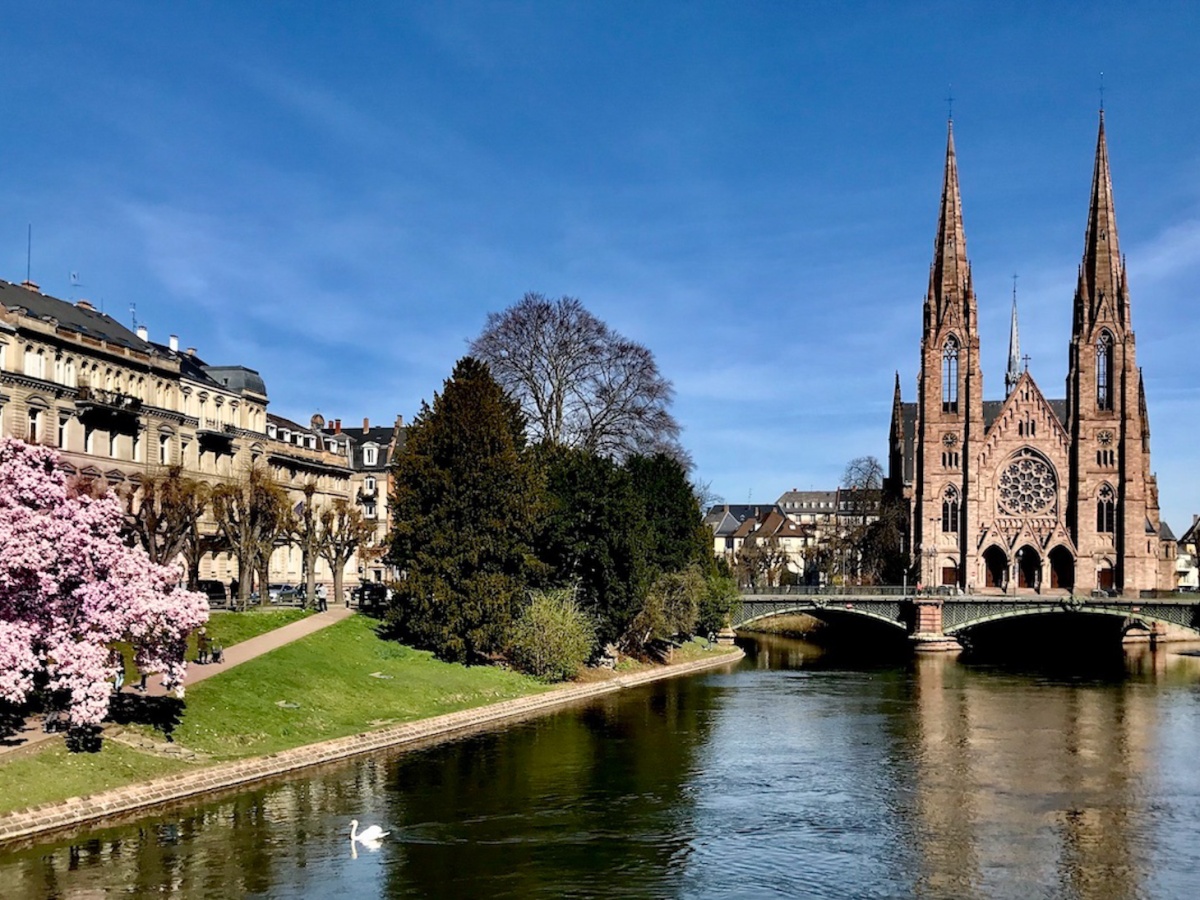


9 replies on “Strasbourg Cathedral”
Nice article.
In my coming back trip to Ireland I might stop by.
Or definitely another time!
LikeLike
Great idea! Thank you
LikeLike
Have you seen the Strasbourg astronomical clock up close? That thing is fascinating, a legit machine with complex clockwork innards dating back several hundred years.
LikeLiked by 1 person
The astronomical clock is a masterpiece! Completely agree with you 🥰
LikeLike
Thank you for sharing with us those sightseeing tips. ioana ♥🌏
LikeLiked by 1 person
Thank you for your lovely comment, we’re glad you enjoyed our content! You can follow our blog to get updates ^^
LikeLike
Gorgeous photos of the cathedral! I love the view from Rue Mercière. It’s not exaggerate to call it a marvel of architecture. Though being equally intricate, I like this cathedral more than the one in Cologne (too gloomy).
LikeLiked by 1 person
Could the gloominess of Cologne cathedral be due to pollution?
LikeLike
I’m not so sure because other churches in Germany don’t look so dark, even in industrial areas. I assume it was the choice of stones. Maybe that’s the only type of stone that the builders could find in large quantities.
LikeLiked by 1 person